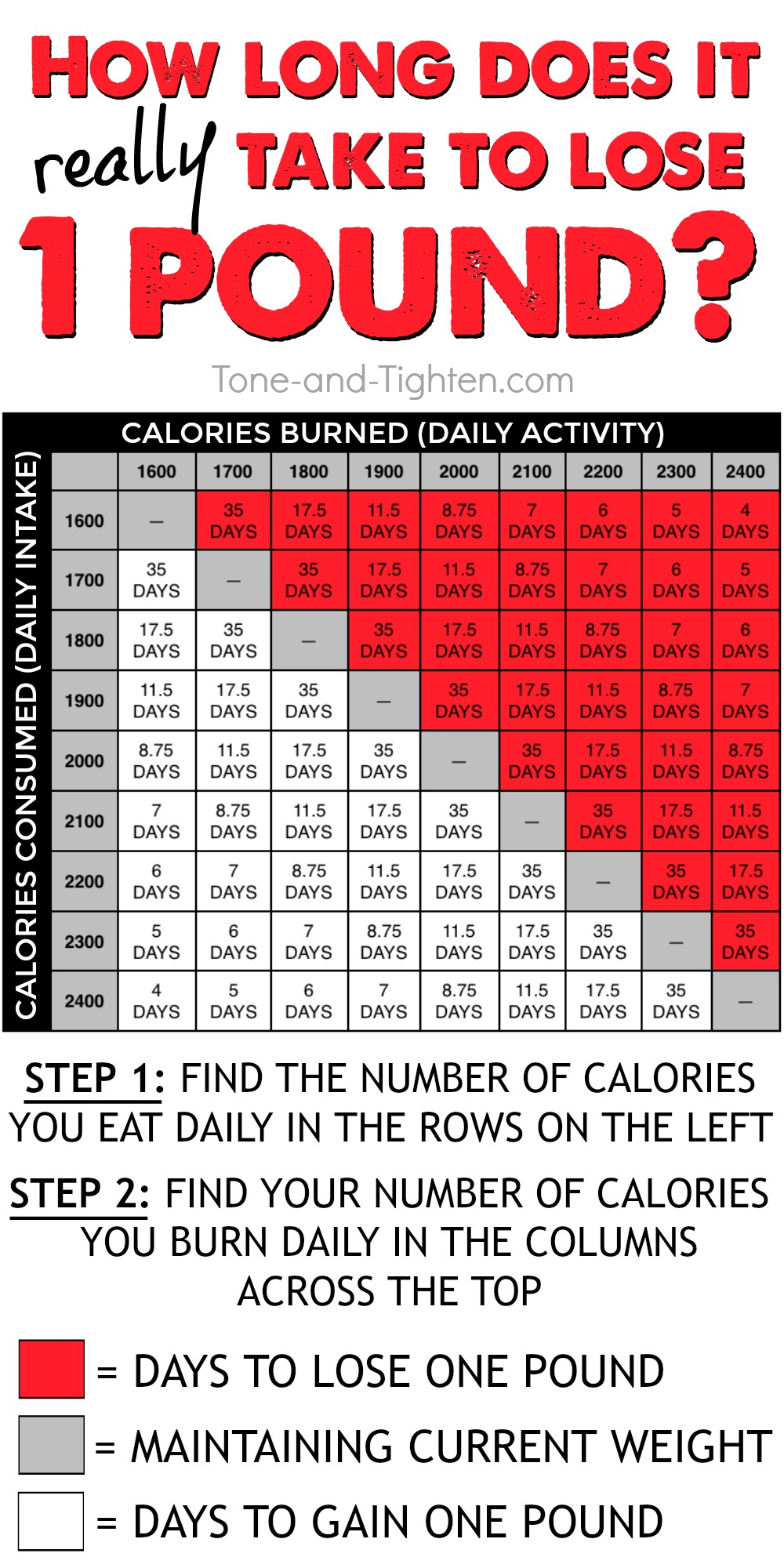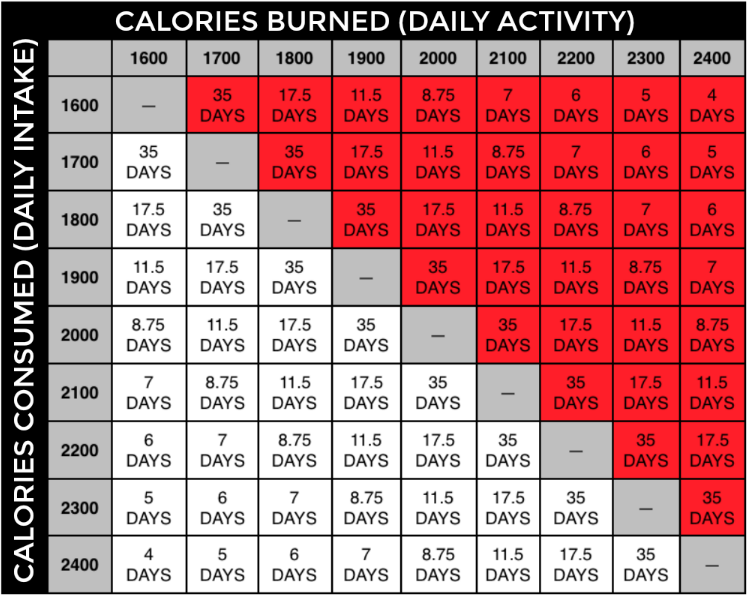
We’ve all been there before. You’re a week into a new workout plan and excited about how things are going. You’ve been working out regularly and eating healthily. You feel like you’ve got more energy and that you’re well on your way to achieving those weight loss goals. At the end of the week the moment of truth arrives – time to assess all your hard work and weigh in. You step on the scale and wait nervously for the results. The number suddenly appears and this week you’ve managed to lose… 1 pound. 1 stinking, measly, otherwise-insignificant pound. All that exercising, eating healthy, and making those changes and you only lost 1 pound?!! “Well that was stupid” you think as you burn your workout clothes and head to the grocery store for 2 bags of Oreos.
Sound familiar? Unfortunately it happens to all of us. We start a new fitness program, we don’t see the immediate results we thought we would, and immediately our fitness program dies. This “lack of results” is one of the main reasons we start and then stop our fitness endeavors. But what if I told you the problem isn’t with your “lack of results” – the problem is with your perception of what should be happening. Today I wanted to talk more about that “one pound” you lost and why instead of quitting you should be celebrating an amazing victory!
Got social media?? Follow T&T on Pinterest, Google +, Facebook, and Twitter!
How to lose weight – First, let’s start with a simple lesson in math. We consume calories throughout the day (positive calories in). We also do things throughout the day that require energy (energy expenditure or calories out). If you eat more calories than you burn, your body stores them up (AKA fat accumulation) for later use. If you burn more calories than you consume, you’re going to tap into those fat reserves for energy (AKA losing weight). You can read much more about this topic in my “Beginner’s Guide To Weight Loss” ebook! It’s free to download right here. Simple enough, right? But did you know…
You have to burn 3500 calories to equal one pound of fat!!!
That’s a huge deficit! To put it in better perspective, I came up with the following chart for you.

Calories Consumed (Daily Intake): Down the left side, you’ll find different amounts of calories you could potentially eat. These are positive calories or calories in. Find the number you typically eat in a day OR you could find the number you want to cut down to. For example purposes let’s say my number is 1700 cal/daily.
Calories Burned Daily (Daily Activity): Across the top, the columns are labeled “calories burned”. This represents the number of calories you burn on any given day. This is your Basal Metabolic Rate (BMR) plus the calories you burn during your normal everyday activities. Again, for the sake of example, let’s say my daily calorie burn is around 2000.
Reading The Chart: Find the row with your dietary intake and the column with your energy expenditure. Find the number where they intersect. If the box is…
Red – Congratulations! Under these conditions this is the approximate amount of time it will take you to lose 1 pound!
Gray – Congratulations! Under these conditions your calorie intake is exactly matching your energy expenditure. You are neither gaining nor losing weight, but you’re well on your way to a great maintenance program.
White – Unfortunately if your box is white that means you’re actually eating more calories than you’re burning and your body is most likely storing up some “excess”. White boxes contain the amount of time it will take your body to GAIN one pound under the current conditions.
So to finish my example – if I cut my caloric intake to 1700 cal and managed to burn around 2000, according to the chart it would take me about 11.5 days to drop one pound. Almost two weeks. That’s a long time to stay consistent! No wonder people struggle with weight loss! No wonder we quit after one week because we didn’t see any “progress”. Most people don’t realize that losing weight at the rate of about 1 pound per week is not only completely normal, but it’s also healthy, sustainable weight loss.
A quick word about calories: It is important to note that not all calories are created equally. Your body uses fat calories different than carbohydrate calories different from protein calories. Some are designed to burn hot and fast (simple carbs) as an immediate energy source; others burn slower and longer (complex carbs, protein, and fat) providing you more of a long-term energy supply. To learn more about how these macro nutrients work together click here!
I hope you find this information useful! My goal here has been to provide you with a simple and convenient reference to not only get your diet and exercise on track, but alter your perceptions slightly so you actually do get excited about losing even just one pound! Stay consistent, keep pushing, and with time your goals can become a reality!
Got social media?? Follow T&T on Pinterest, Google +, Facebook, and Twitter!
Question or comment for Jared? I would love to hear from you!
Leave a comment below or email me at Jared{at}ToneandTightenFitness.com
Make it happen,
Jared

